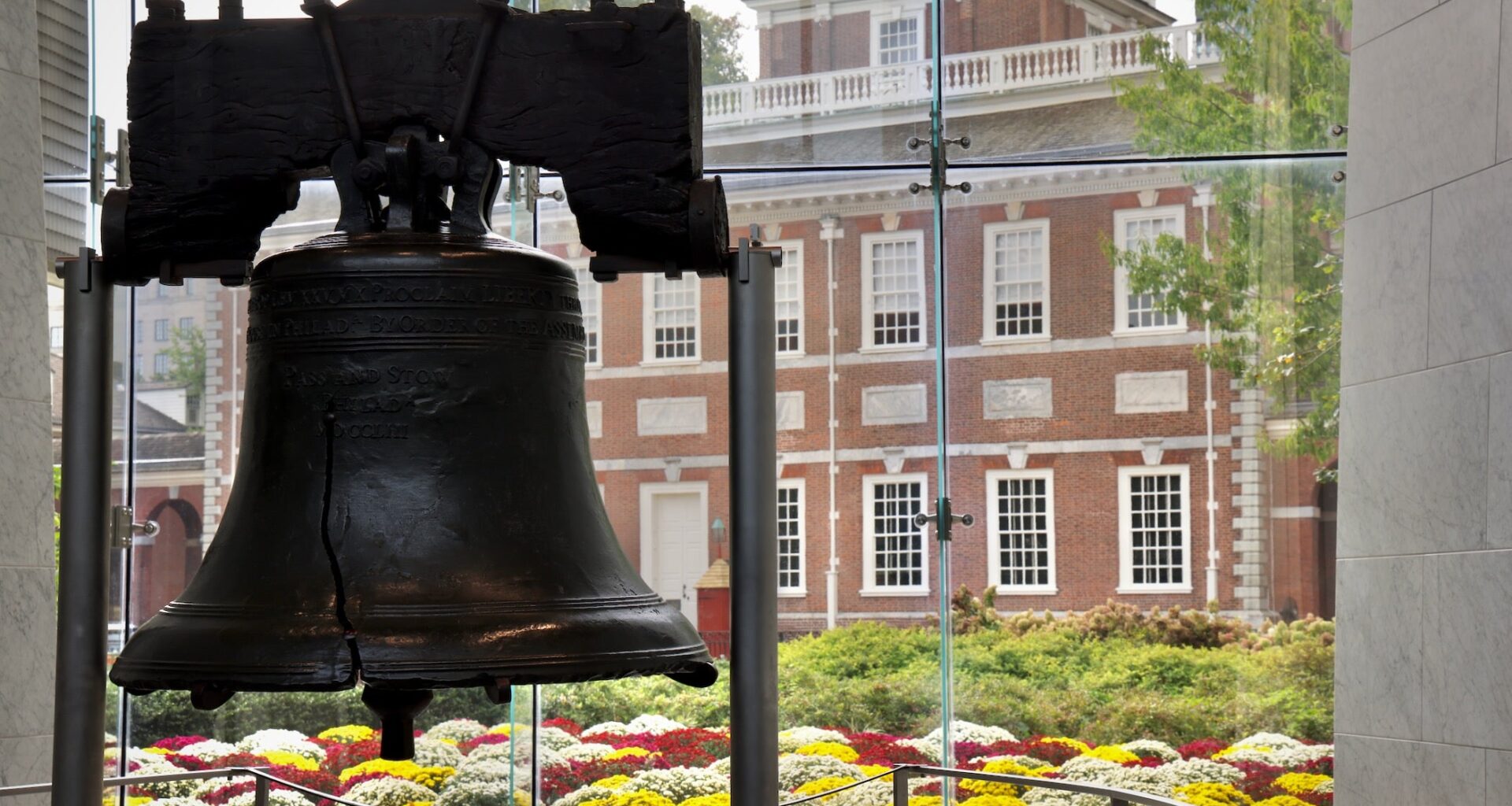The federal government’s last shutdown began Dec. 22, 2018, and became the longest in history, lasting 35 days. Many national parks physically stayed open to visitors but were effectively left unattended by workers. The results were immediate and ugly as trash piled up, vault toilets overflowed, historically significant objects were vandalized and visitors found themselves without services normally provided.
At Independence National Historical Park, home to the Liberty Bell and Independence Hall, reduced staffing could mean locked buildings, closed exhibits and a diminished visitor experience.
“I would loathe to see this park open to have people mulling around in it if there’s no staff here to tell them what they’re looking at,” Welch said. “We interpret the resource — that’s what we do.”
Reduction in force concerns
An even bigger worry is the possibility of permanent job cuts. Last week, the White House budget office told agencies to prepare for mass layoffs if a shutdown occurs. Federal law requires 60 days’ notice before any layoffs, and that notice can’t be given during a furlough — but that hasn’t eased concerns for park employees, according to Welch and Cochran.
“If [the shutdown] lasts more than two months and they’ve notified us of a RIF, then we wouldn’t be getting back those people that were RIF’d,” Welch said. “So that is the catch-22 here.”
Union leaders also said that the NPS is already understaffed, a situation that was exacerbated in February when the president fired about 1,000 probationary National Park Service employees as part of a larger effort to reduce the federal workforce, while simultaneously rescinding a temporary freeze on seasonal hiring to allow for the hiring of approximately 5,000 seasonal workers.
That has already impacted the overall quality of some parks. Independence Park alone has a maintenance backlog of millions of dollars.
“The park service traditionally has been understaffed and underfunded for decades,” Cochran said. “That’s nothing new. People have to work multiple jobs in their job and not getting paid for it because there’s nobody to do the work.”
He said most park employees have been willing to endure those burdens because “folks believe in the mission of the agency, which is to preserve, protect, and conserve the natural, historical and cultural landmarks of this nation for the next generation. We’re a very mission-driven agency.”
“The question is, how low can we go?” added Welch. “How many people can they get rid of and still meet the mission of the park service? I think we’ve already passed that threshold.”
Concerns for the nation’s 250th anniversary
Cochran warned the shutdown and ongoing staffing shortages could jeopardize preparations for the nation’s 250th anniversary next year, when millions are expected in Philadelphia. He said low morale, hiring struggles and shrinking staffing numbers could put the city’s national treasures at risk.
“As the president of the union, I am concerned that the visitor experience for the 250th will not be what it should be because of this oppression from our employers,” Welch said.
